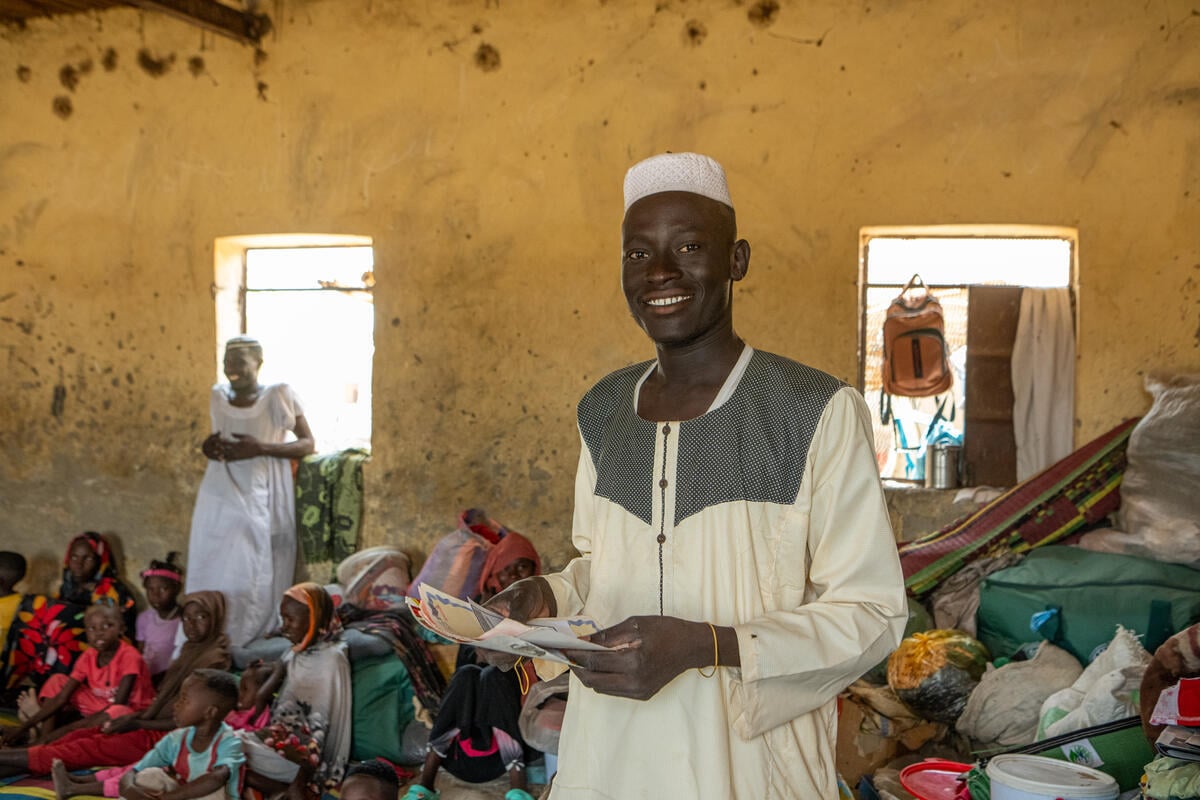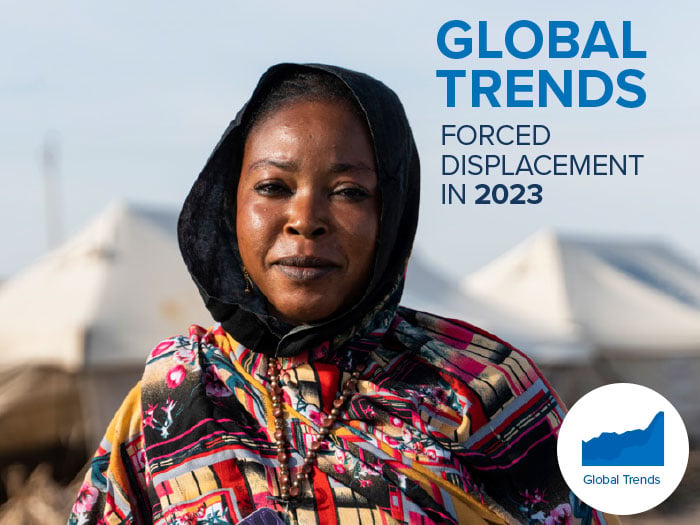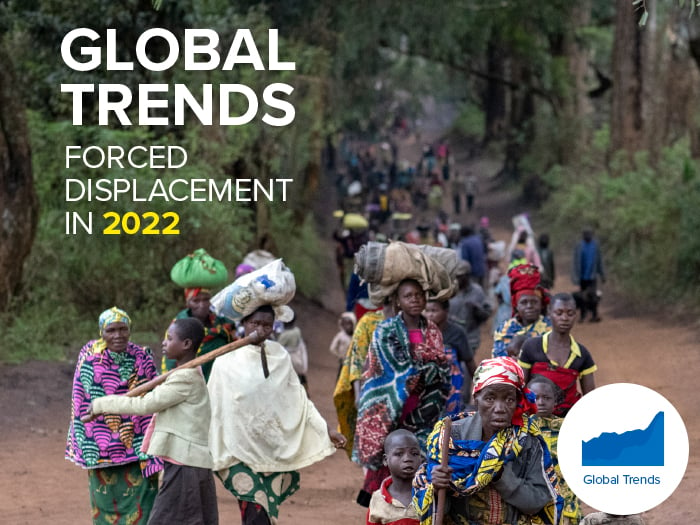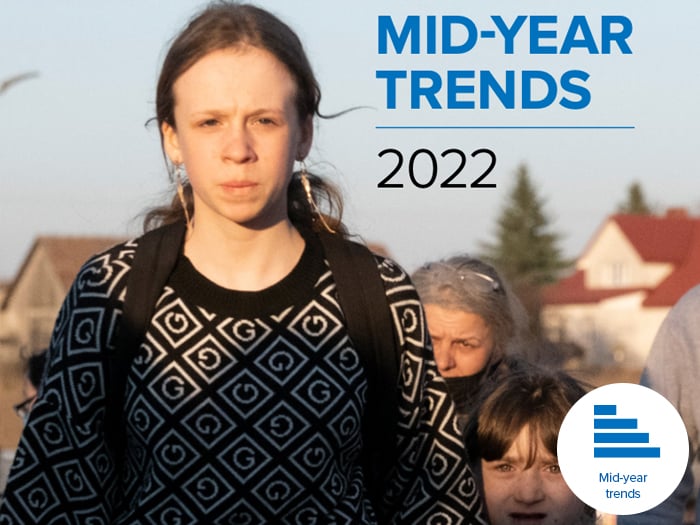Mid-Year Trends
Mid-Year Trends
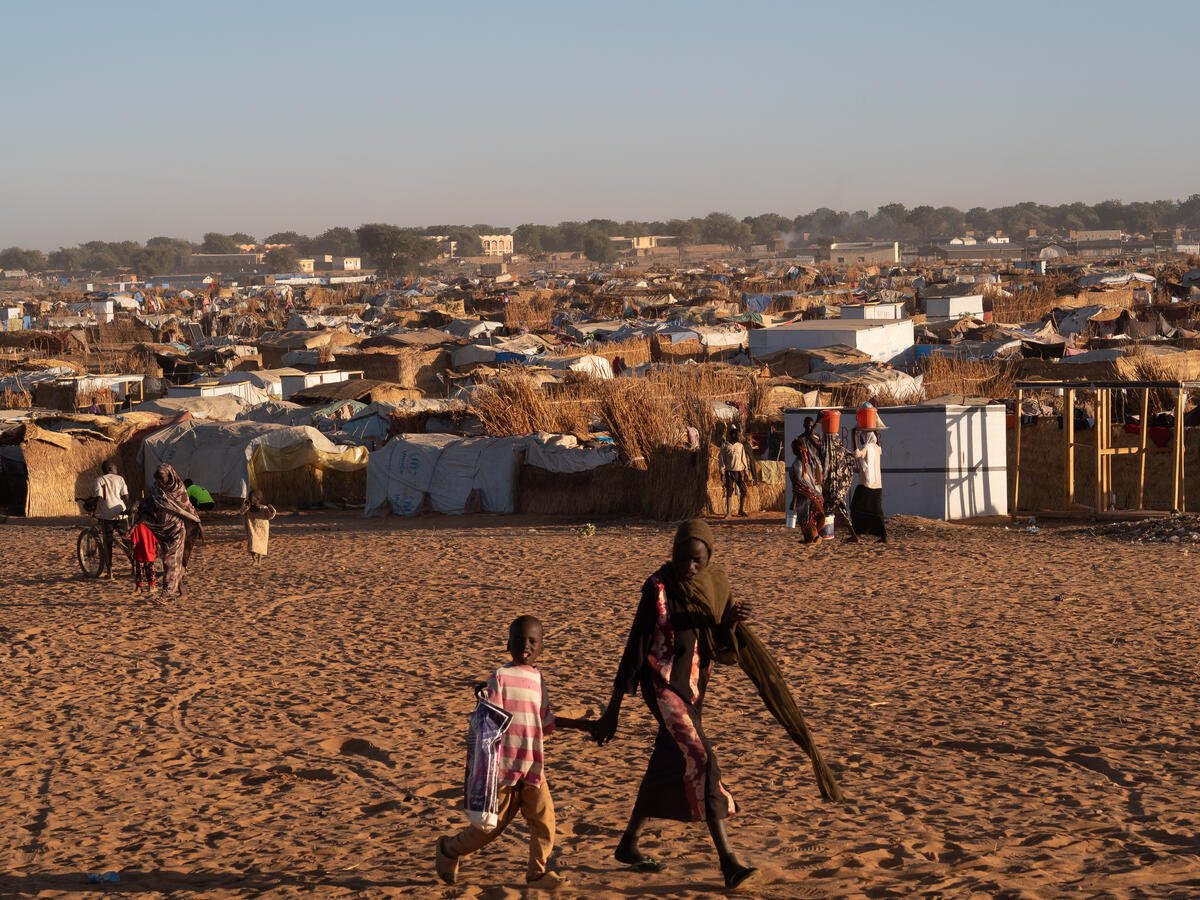
Over 122.6 million people are forcibly displaced from their homes.
This equates to 1 in every 67 people on Earth.
Internally displaced people (IDPs)
Most people who are forced to flee never cross an international border, remaining displaced within their own countries. Known as internally displaced people, or IDPs, they accounted for nearly 3 in 5 of all forcibly displaced people by the end of June 2024.
An estimated 72.1* million people remained internally displaced due to conflict or violence at mid-2024, a 6 per cent increase from the end of 2023.
New internal displacements occurred in 16 countries, with six of those countries – Sudan, Myanmar, the Democratic Republic of the Congo, Ukraine, Haiti and Mozambique – accounting for 90 per cent of people who were forced to flee within their own country in 2024.
At the end of June 2024, 72.1* million people remained internally displaced within their own country.
Most people forced to flee do not leave their country: IDPs account for nearly 3 in 5 of all forcibly displaced people.
Text and media 19
"I still hope that one day the situation will be good in Sudan and war will stop. We will go back to our normal life, and we will go back to our universities."
In 2020, Ibrahim achieved the highest score in Sudan’s high school examinations for agriculture. "My friends could not believe the news,” says Ibrahim. “I ran to my parents and told them. It was a very happy moment for me."
The following year, he started university with the dream of becoming the country's agriculture minister, but this dream was put on hold when conflict broke out in Sudan in April 2023.
“We hoped the situation would get better so we could continue with our work and education. But day by day, the fighting got worse." Ibrahim fled with his family to an IDP site in White Nile State. They now live in a classroom along with almost 80 other people, but he has not given up on his dream: "I still have hope of being the Minister of Agriculture or an economic expert.”
Solutions
In the first six months of 2024, 433,600 refugees returned to their country of origin, an increase of 11 per cent compared to the same period in 2023. However, 171,800 were South Sudanese refugees returning from Sudan. Many were driven to return prematurely by the conflict in Sudan, making such movements much less likely to be sustainable. More than 1.8 million internally displaced people also returned to their place of origin.
In addition, 85,000 refugees were resettled in 22 countries, according to government statistics, a 43 per cent increase compared to the same period in 2023. At least 26,400 refugees from 150 different countries of origin were also able to obtain their host country’s citizenship in the first half of 2024. Most newly naturalized refugees were from Syria (4,500).
Reversing displacement trends through solutions for refugees
For more than 12 years, the number of people remaining forcibly displaced has continued to grow. Greater efforts by the international community to share responsibilities and find durable solutions would reverse the trend.
Most refugees would like to return home if the security and living conditions allow. However, unless peace can be achieved in one or more of the biggest displacement situations, large-scale refugee returns will remain elusive. Naturalization and resettlement are also crucial protection tools. While more refugees were resettled in the first six months of 2024 compared to the same period in previous years, this represents only 4 per cent of the estimated 2.4 million people in need of resettlement.
Encouragingly, durable solutions have increased during the last four and a half years compared to the previous decade, despite the challenges posed by new and intensifying crises. In the next few years, with a concerted, collective effort by all States globally, the number of refugees globally could begin, at last, to decrease again.
Download the report and annexes
Text and media 53
Mid-Year Trends 2024
UNHCR's Mid-Year Trends report presents the latest numbers of refugees, asylum-seekers, internally displaced and stateless persons worldwide.
Annexes and raw data
About the UNHCR Global Trends and Mid-Year Trends reports
UNHCR releases two flagship statistical reports on global forced displacement each year, the Global Trends report and the Mid-Year Trends report. The Global Trends report, released annually in June, analyses changes and trends in forcibly displaced populations in the previous calendar year (from 1 January to 31 December). It provides key statistics on the global numbers of refugees, asylum-seekers, internally displaced people and stateless people, as well as their main host countries and countries of origin.
In October each year, the Mid-Year Trends report is released to provide updated figures and analysis for the initial six months of the current year (from 1 January to 30 June). These figures are preliminary, and the final data is included in the subsequent Global Trends report.


